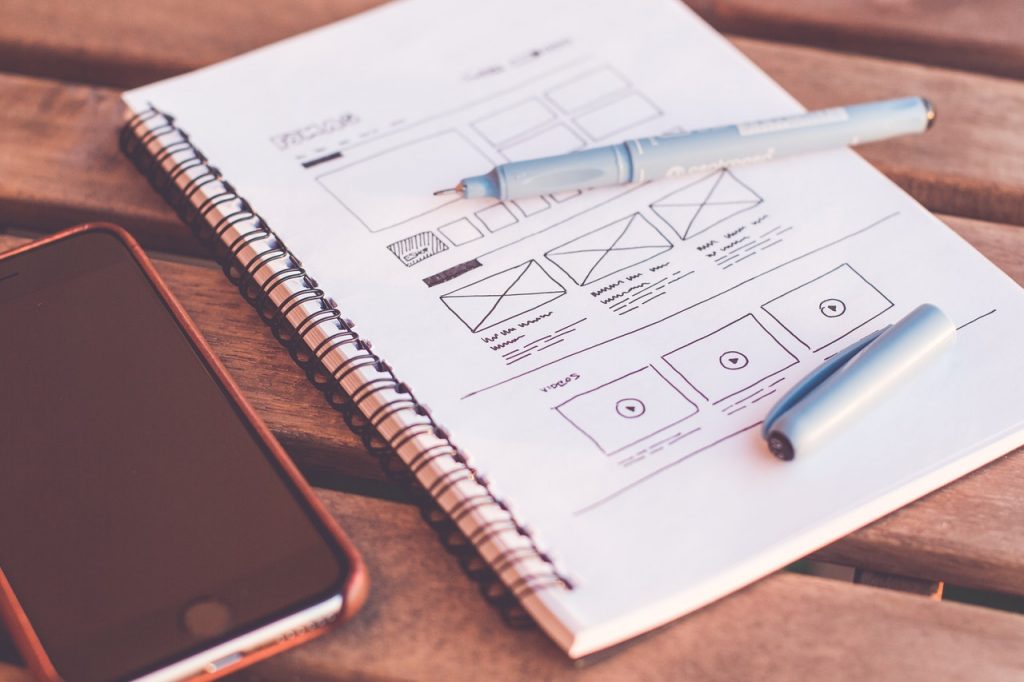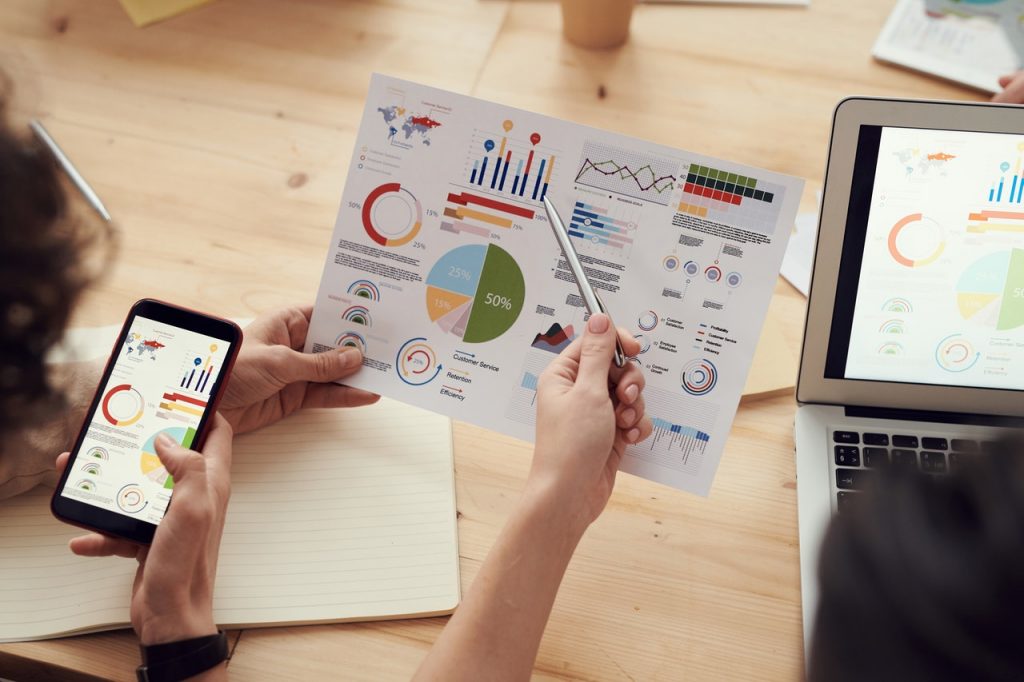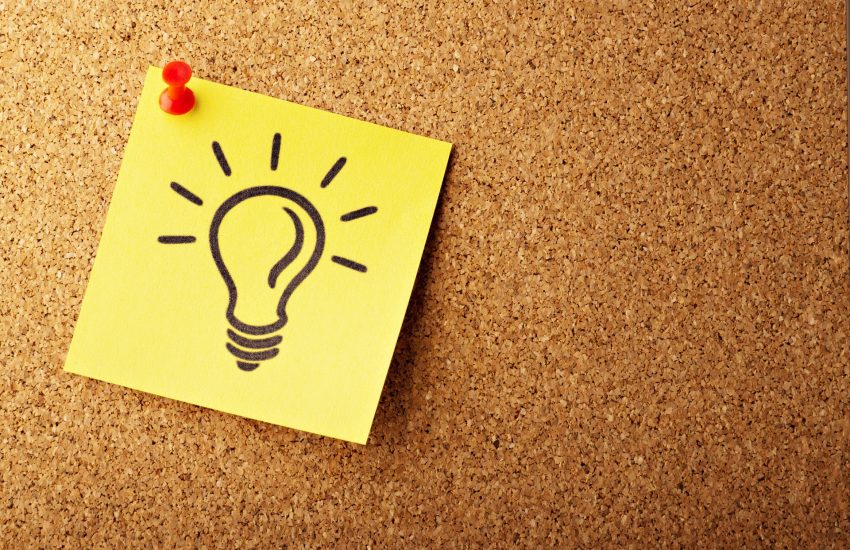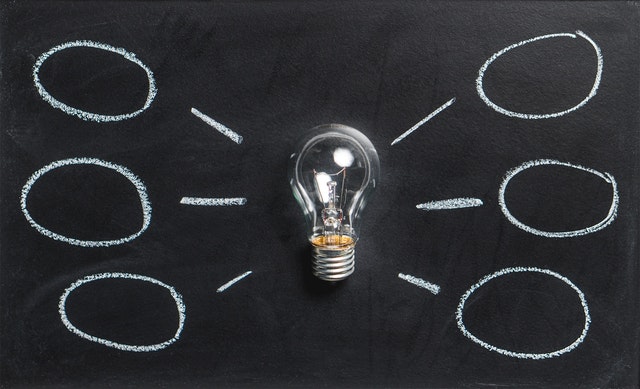New Product Development Process
New Product Development (NPD) addresses different stages that products go through when they are being developed. The term new product includes an original product, an improved product with new features and quality, a modified product and a new brand. These are the main stages in New Product Development Process.
- Conceive
- Plan
- Design
- Develop
- Launch
- Steady State
- Maintain/ Kill
Key features of optimal NPD processes
- A systematic process
- Early involvement of all relevant influencers in decision making
- An overlapping or parallel environment in working through the stages simultaneously
- Solid project management structures
- Teamwork
- Continuous learning and adaptation
Source: https://www.academia.edu/21576693/Implementing_the_new_product_development_process
Let’s go through each stage in product development process
- Conceive
- The goal at this stage is to generate a lot of worthy ideas that can form the foundation for New Product Development
- This stage includes a method or methods for coming up with new ideas for product development
- User problems are collected in this stage
- Companies use a range of internal and external sources to identify new product ideas
- Utilizing external and internal sources companies can better anticipate consumer needs and create new products that meet those needs
Major Sources of New Product Ideas
| External Sources | Internal Sources |
|---|---|
| Focus groups | R&D teams |
| Customer trends | Managers |
| Competitors | Analysts |
| Distributors | Marketing teams |
| Suppliers | Sales teams |
| Market trends |
2. Plan

- The goal at this stage is to collect the most feasible ideas and to eliminate the rest
- Product ideas are evaluated according to a certain set of criteria on whether they will be successful in the marketplace
- Product ideas that do not meet the organization’s overall objectives need to be rejected at this stage
- If a poor product idea is passed this stage, it wastes effort and money in later stages until it is abandoned
- If a worthwhile idea is eliminated in this stage, it will miss a significant market opportunity
- Product ideas are evaluated based on
- The potential market for the product
- Size and growth forecast of the target market
- Competitive pressure for the product idea
- The demands of the consumer base
- Benefits that customer gets by using the product
- Product feasibility
- Technical feasibility
- Operational feasibility
- Profitability
- Capital requires to launch
- The expected time to profitability
- The risks associated with investing in the product.
- The potential market for the product
- Product ideas may simply be screened through some sort of internal rating process in order to determine their viability
- Roadmap is one of the most important element at this stage
- They are a graphical representation of information, where the whole journey from drafting to releasing is reflected
- Product vision is reflected from a conceptual and technical point of view and serve as the reference point to assess whether product milestones are achieved
- Product roadmap is produced in collaboration between designers, marketers, engineers and the management
3. Design

- The goal at this stage is to evaluate consumer response to a product idea prior to the introduction of the product to the market
- This is the phase where the Product Managers work with Designers to create mock-ups
- Companies run some concept testing in a real marketing setting during this stage
- At this stage, the concept should focus on the basic principle of the product in order to measure consumer receptiveness
- Concept testing is the process of using quantitative and qualitative methods to evaluate consumer response to a product idea prior to the introduction of a product to the market
- Concept testing uses qualitative and quantitative methods.
- Concept generation portions of concept testing are generally qualitative, while evaluations, positioning, and product/concept tests are usually quantitative.
- Concept Evaluations – concepts representing product ideas are presented to consumers in verbal or visual form and then quantitatively evaluated by consumers via consumer surveys and questionnaires or discussion groups
- Concept positioning – Concepts positioned in the same functional product class are evaluated together
- Product/concept tests – Consumers first evaluate a concept, then the corresponding product, and the results are compared
- This process is repeated until there is a well-defined product that solves key problems for customers
- This stage may take more time than other stages as this stage involves a substantial amount of market and consumer research
- Developers also perform initial product research at this stage
- This stage involves studying the legal and practical aspects of developing and launching a new product, researching patents, undertaking due diligence, and becoming familiar with certification or inspection demand
4. Develop

- The main goal at this stage is to set product specifications and test the product with intended customer groups to gauge their reaction
- Technical development involves creating a prototype to develop exact product specifications
- The technical development stage also involves getting a good idea for the different methods and costs of making the product
- The product specification is developed by engineers and tested by quality assurance engineers.
- The product development is kept on track by the project manager
- The product manager in this stage
- Prioritize features
- Create product specs
- User stories and epics
- Requirements are validated
- Business scenarios are tested
- While the developers and quality assurance engineers are working on the prototype, the marketing department is responsible for testing the new product with its intended consumers and developing the other elements of the marketing mix
- In addition to the product, elements such as packaging and labeling can also be tested with potential consumers by the marketing team
5. Launch

- The main goal at this stage is to commercially launch the product
- The marketing mix comes together to introduce the product to the market
- This stage marks the beginning of the product life cycle
- Product Owner will closely work with Marketing, PR, Sales, Management, Legal department etc
- Marketing goals are defined
- Product Marketing Manager work closely with Product Owner as the point of contact between the marketing team proper and the more technical side represented by the Product Owners
- Advertisements and promotional activity begins and increases heavily and the distribution pipeline is filled with the product
- Training material are created for internal and users
- The Product Owner will write on how to use the product features
- Things to consider during a product launch
- The timing of the launch
- Where to launch
- Target consumers
6. Steady/ Continuous Iteration

- Main goal is to get the maximum return from the investment
- Data will be collected on different metrics to understand the usage/ growth of the product
- Product is analyzed and metrics are optimized
- Ongoing product management ensures the product is subject to continuous upgrades and improvement.
- Marketing team will continue to market the product
- Sales team will continue to sell the product
- Continued efforts are accessed to understand how likely that the company wants to move forward with the product
7. Maintain/ Kill

- Return on investment of the product is analyzed in a detailed manner
- If the product is not doing well or the company changes the marketing or their product strategy then the decision will be made to kill the product
- When the decision is made to kill the product, Sun Setting process will come into place
- Current users are informed on the discontinuation of the product
- Have an end of life plan for users
Related Articles


